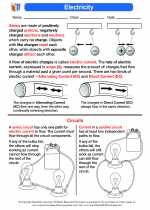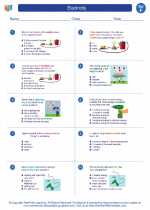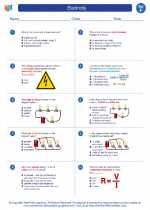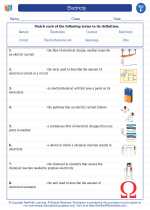What is the Fossil Record?
The fossil record is the collection of all the fossils that have been discovered around the world. Fossils are the preserved remains or traces of ancient organisms, providing evidence of the history of life on Earth.
How are Fossils Formed?
Fossils are formed through a process called fossilization. When an organism dies, it can be buried by sediment such as mud, sand, or silt. Over time, the remains can become mineralized, forming a fossil. Fossils can also form when the remains are preserved in tar, ice, or amber.
Types of Fossils
There are several types of fossils, including:
- Body Fossils: These are the preserved remains of the actual organism, such as bones, teeth, and shells.
- Trace Fossils: These are evidence of the activity of ancient organisms, such as footprints, burrows, and coprolites (fossilized feces).
- Molds and Casts: These are formed when an organism's remains leave an impression in sediment, which later hardens into a mold. A cast is formed when the mold is filled with minerals, creating a replica of the original organism.
Importance of the Fossil Record
The fossil record provides valuable information about the history of life on Earth, including the evolution of species, changes in environments, and the extinction of organisms. It helps scientists understand how life has changed over millions of years and provides evidence for the theory of evolution.
Studying the Fossil Record
Scientists study the fossil record by examining the age of fossils, comparing the anatomy of ancient and modern organisms, and analyzing the distribution of fossils around the world. This helps them reconstruct the past and understand the diversity of life that has existed on Earth.
Test Your Knowledge
Now that you've learned about the fossil record, test your knowledge with the following questions:
- How are fossils formed?
- What are the different types of fossils?
- Why is the fossil record important for scientists?
- How do scientists study the fossil record?
Good luck with your studies!
.◂Science Worksheets and Study Guides Sixth Grade. Electricity

 Activity Lesson
Activity Lesson
 Worksheet/Answer key
Worksheet/Answer key
 Worksheet/Answer key
Worksheet/Answer key
 Worksheet/Answer key
Worksheet/Answer key
 Worksheet/Answer key
Worksheet/Answer key
 Vocabulary/Answer key
Vocabulary/Answer key
 Vocabulary/Answer key
Vocabulary/Answer key
